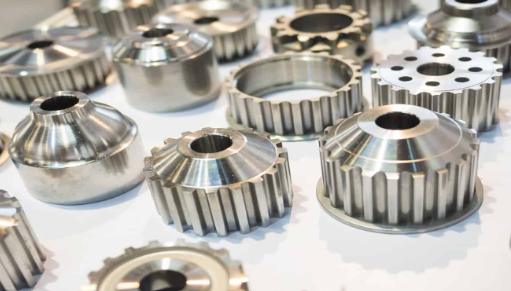
The Role Of Die Casting in Aerospace Manufacturing: A Comprehensive Overview
Introduction
Die casting plays a vital role in the aerospace industry, enabling the efficient production of intricate and high-performance components. This article provides an expert’s perspective on how die casting is utilized in aerospace manufacturing, highlighting its significance and impact on the industry.
-
Lightweight Components with Complex Designs
In the aerospace sector, weight reduction is a critical factor for improving fuel efficiency and overall performance. Die casting offers a solution by producing lightweight components with intricate designs. Aluminum alloys, known for their impressive ratio of strength to weight, find widespread application in die casting for aerospace purposes. The die-casting technique facilitates the production of intricate shapes and structures with thin walls, leading to the development of lightweight components while maintaining their structural integrity.
-
Engine Components
Die casting plays a crucial role in the production of engine components for aircraft. Various parts, including turbine blades, compressor housings, and heat exchanger components, can be efficiently manufactured through die casting. The process allows for the production of parts with precise dimensions, excellent surface finishes, and intricate cooling passages. The high heat resistance and strength of materials used in die casting ensure the reliability and performance of engine components in demanding aerospace environments.
-
Structural Components
Die casting is also utilized for manufacturing structural components in the aerospace industry. These components include wing ribs, brackets, and bulkhead fittings, among others. The process of die casting empowers the manufacturing of components with intricate geometries and precise tolerances, yielding structural elements that are both lightweight and durable. The aerospace industry has a preference for aluminum and magnesium alloys in this regard, owing to their commendable balance of strength, weight, and resistance to corrosion.
-
Electrical and Electronic Components
Die casting plays a significant role in producing electrical and electronic components for aerospace applications. These components include connectors, housings, and heat sinks for various avionics systems. Die casting allows for the precise formation of intricate shapes, ensuring the proper fit and functionality of these critical components. The use of die casting in this context ensures reliable performance, electromagnetic shielding, and efficient heat dissipation in aerospace electronic systems.
-
Quality and Efficiency Advantages
Die casting offers notable advantages in terms of quality and efficiency in aerospace manufacturing. The process provides excellent dimensional accuracy, tight tolerances, and repeatability, ensuring consistent production of high-quality components. The ability to create complex shapes and thin walls without the need for additional machining reduces production time and costs. Moreover, die casting facilitates high-volume production, making it a cost-effective option for meeting the demanding requirements of the aerospace industry.
Conclusion
Die casting plays a pivotal role in the aerospace industry, providing lightweight, high-performance components with intricate designs. From engine components to structural parts and electrical systems, die casting offers numerous advantages such as weight reduction, precise dimensions, and efficient production. By leveraging the capabilities of die casting, aerospace manufacturers can meet the stringent requirements of the industry while ensuring reliable performance and fuel efficiency in modern aircraft.







